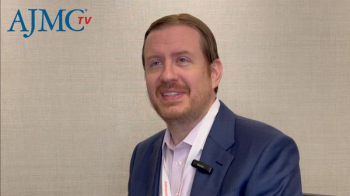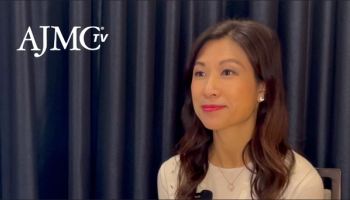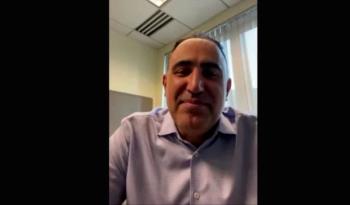
Dr Gary Owens Explains Opportunities to More Efficiently Identify, Diagnose PAH
Gary Owens, MD, president of Gary Owens Associates, outlines the current epidemiological knowledge of pulmonary arterial hypertension (PAH).
Pulmonary arterial hypertension (PAH) tends to affect younger people as opposed to those in older age groups and females more than males, said Gary Owens, MD, president of Gary Owens Associates.
Transcript
What opportunities exist to improve the time from symptom onset to diagnosis of PAH?
We do know a little bit about the epidemiology of this disease. It tends to affect people in younger, rather than older, age groups. Again, we're talking about pulmonary arterial hypertension. It does tend to affect females more often than males and has a bit of a predilection for Caucasian females in particular.
So, [the] number one way to improve it is an index of suspicion for this disease. And so with presentation of first symptoms, a lot of the initial diagnostic tests should be done fairly quickly. Things like cardiac workups, pulmonary function testing, those sorts of things, and then rapidly, if that doesn't find a cause, move into things ruling out sleep apnea is another thing you need to do. Then getting into more advanced imaging.
But ultimately, one probably needs to make early referrals if you suspect this diagnosis, because really the diagnosis of pulmonary arterial hypertension rests on demonstrating an elevated mean pulmonary arterial pressure, which has to be done, in essence, by a right heart [catheterization], as well as an increase in pulmonary vascular resistance.
I guess what I'm saying it takes a high index of suspicion and awareness and a willingness to go through the initial diagnostic activities quickly and make referrals when appropriate. And that can probably be the best thing to improve outcomes.
Newsletter
Stay ahead of policy, cost, and value—subscribe to AJMC for expert insights at the intersection of clinical care and health economics.

















































